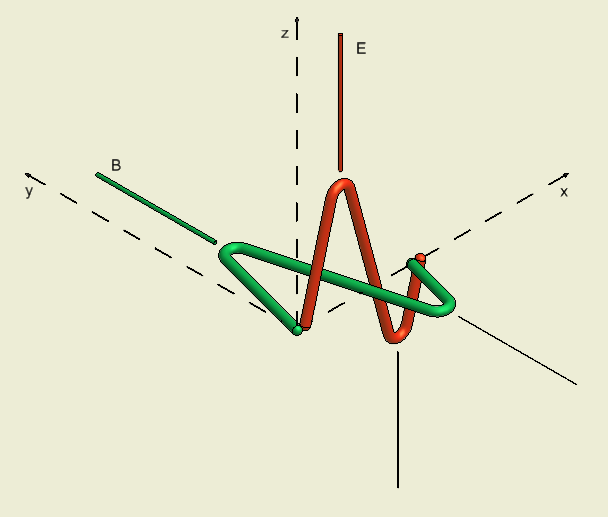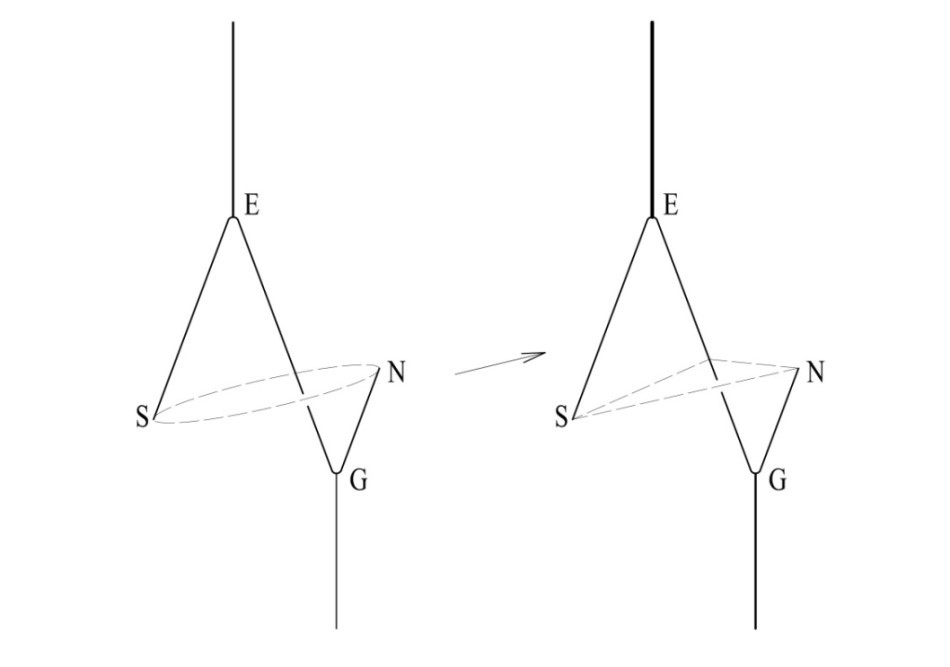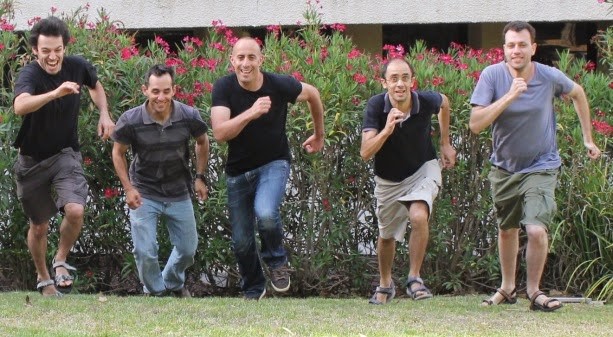As shown in the main elaboration, pairs of electrons in an atom emit pairs of energy quanta, which immediately form a complex quantum connected with the magnetic poles (see the figure below).

Figure 1
Each complex quantum is a precursor of an electron-positron pair. As a result of its disintegration in the process of the creation of pairs, the vertical quantum (red) producing the line E will become an electron, while the horizontal quantum (green) producing the line B will become a positron.
The transition from a quantum of energy to electron is shown in Figure 2.

a quantum of energy an electron
Figure 2
As it is apparent from the above, an electron is an elementary magnetic dipole formed from magnetic monopoles. In the macroworld, an electron as a magnetic dipole is an equivalent to an asymmetrical horseshoe magnet, except that, being elementary, it cannot be divided.
If an electron is a magnetic dipole, then Coulomb’s law should be valid for two electrons in the same way as for two macroscopic magnetic dipoles. To be specific, the force of interaction between two elementary magnets (electrons) should change as 1/r3, where r is the distance between the electrons.
In June 2014, a research team of physicists from the famous Israeli university Weizmann Institute of Science [Rechowot], headed by Dr. Roee Ozeri, published a report from measurement of the magnetic interaction between two electrons.
A series of extremely sophisticated measurements showed that the interaction law between two macroscopic magnetic dipoles (Coulomb’s law) is also valid in the world of of elementary particles. Interaction between little elementary magnets (electrons) changed inversely proportional to the term r3, where r is the distance between the electrons.
No matter how you look at the above, this is a spectacular and indisputable confirmation of the validity of Model 31 assumptions regarding the construction of the electron. It is the next step to prove the thesis that:
– the classical physics applies universally regardless of the scale,
– the quantum mechanics is only an alternative to the classical physics, which results form the lack of knowledge that next to the world of atoms there exist two more levels of the organization of matter, the subatomic world of energy quanta and subquantum world of dark energy.

The team who verified Coulomb’s law for magnetic moments of electrons.
From the left: Nir Navon, Nitzan Ackerman, Roee Ozer, Shlomi Kotler, and Yinnon Glickman /source: Weizmann Institute of Science/.
- Shlomi Kotler and all, Measurement of the magnetic interaction between two bound electrons of two separate ions, Nature 510, 376–380 ,19 June 2014, arXiv: 1312.4881
Download the file

